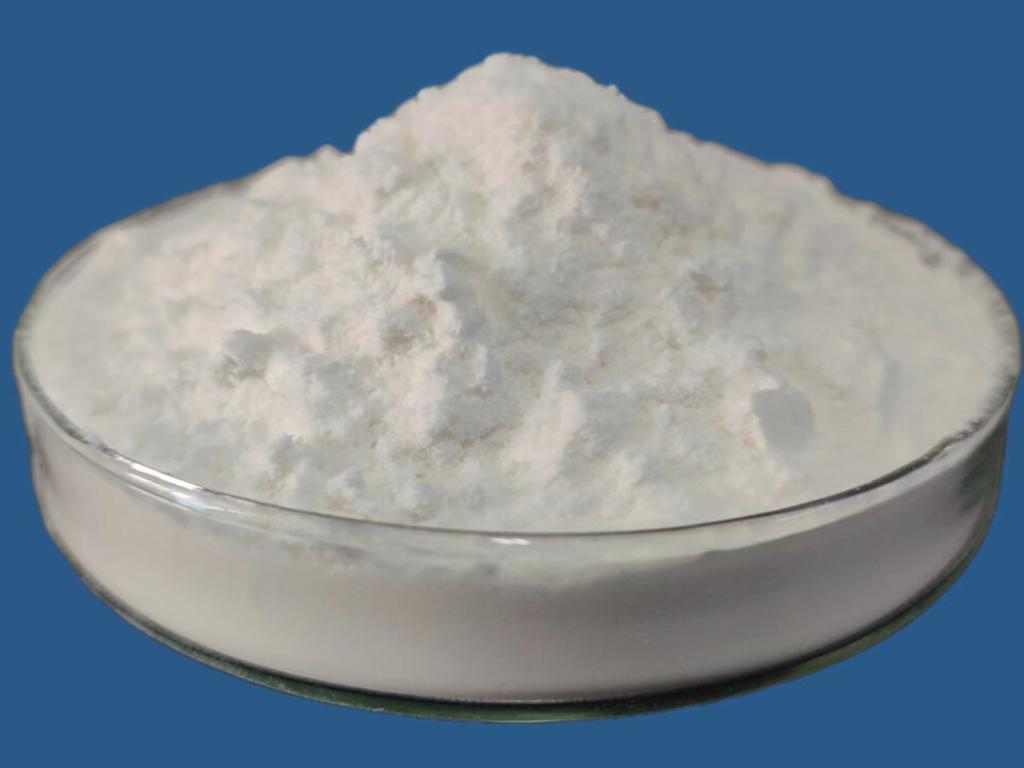Tel:+8618231198596

News
 CONTACT
CONTACT
 CONTACT
CONTACT
- Linkman:Linda Yao
- Tel: +8618231198596
- Email:linda.yao@dcpharma.cn
- Linkman:CHARLES.WANG
- Department:Overseas
- Tel: 0086 0311-85537378 0086 0311-85539701
News
Assessing the impact of ε-Polylysine hydrochloride on the sensory attributes of food products.
TIME:2024-04-17
Sensory Evaluation Methods:
Sensory evaluation is a critical aspect of assessing the impact of food additives, including ε-PL, on the sensory attributes of food products. Key sensory evaluation methods include:
Descriptive Analysis: Descriptive analysis involves trained panelists evaluating the sensory attributes of food products using standardized terminology and scoring systems. This method allows for detailed assessment of taste, aroma, texture, and appearance characteristics affected by ε-PL.
Consumer Testing: Consumer testing involves soliciting feedback from target consumers to evaluate their perception of sensory attributes in food products containing ε-PL. This method provides insights into consumer preferences, acceptance, and willingness to purchase products with ε-PL as an ingredient.
Instrumental Analysis: Instrumental analysis techniques, such as texture analysis, colorimetry, and volatile compound analysis, complement sensory evaluation by providing objective measurements of sensory attributes affected by ε-PL. These techniques help quantify changes in texture, color, and aroma profiles induced by ε-PL incorporation.
Impact on Taste and Flavor:
The incorporation of ε-PL into food products may impact taste and flavor due to its inherent properties and interactions with other ingredients. While ε-PL itself is tasteless and odorless, its presence may alter the perceived taste and flavor of food products, particularly at higher concentrations. Sensory evaluation studies have reported mixed findings regarding the impact of ε-PL on taste and flavor, with some studies indicating no significant changes and others noting slight alterations in taste profiles, such as increased saltiness or umami notes.
Influence on Texture and Mouthfeel:
ε-PL can affect the texture and mouthfeel of food products, especially in aqueous or semi-solid matrices. Its interaction with proteins and carbohydrates may lead to changes in viscosity, consistency, and mouth-coating properties. Sensory evaluation studies have shown that ε-PL incorporation can result in minor modifications to texture and mouthfeel attributes, such as increased firmness, stickiness, or chewiness, depending on the food matrix and processing conditions.
Effects on Color and Appearance:
The addition of ε-PL to food products may influence color and appearance due to its interaction with pigments, proteins, and other components. While ε-PL itself is colorless, its presence may alter the hue, brightness, or opacity of food matrices. Sensory evaluation studies have reported minimal changes in color and appearance attributes of food products containing ε-PL, with most studies indicating no significant visual differences compared to control samples.
Strategies to Mitigate Sensory Changes:
To mitigate potential sensory changes induced by ε-PL, food manufacturers can employ various strategies:
Optimize Formulation: Adjusting the concentration and distribution of ε-PL in food formulations can help minimize sensory alterations while maintaining antimicrobial efficacy. Formulation optimization may involve reducing ε-PL concentration, incorporating flavor masking agents, or modifying processing conditions to improve compatibility with other ingredients.
Mask Undesirable Attributes: Masking undesirable sensory attributes caused by ε-PL, such as bitterness or off-flavors, can be achieved through the addition of flavor enhancers, sweeteners, or masking agents. These ingredients help balance taste profiles and enhance overall acceptability without compromising antimicrobial effectiveness.
Use Flavor Synergists: Combining ε-PL with natural flavor enhancers or synergists, such as herbs, spices, or savory extracts, can enhance the sensory profile of food products while imparting complementary flavors and aromas. Synergistic interactions between ε-PL and flavor compounds can create more complex and appealing taste experiences for consumers.
Conclusion:
ε-Polylysine hydrochloride offers significant benefits as a natural antimicrobial agent for food preservation, but its incorporation into food products may impact sensory attributes such as taste, aroma, texture, and color. Sensory evaluation methods play a crucial role in assessing these changes and informing formulation adjustments to optimize sensory acceptability while preserving antimicrobial efficacy. By leveraging sensory science and employing strategic formulation approaches, food manufacturers can effectively balance the sensory and functional attributes of food products containing ε-PL, meeting consumer expectations for safe, high-quality, and flavorful foods.
- Tel:+8618231198596
- Whatsapp:18231198596
- Chat With Skype







